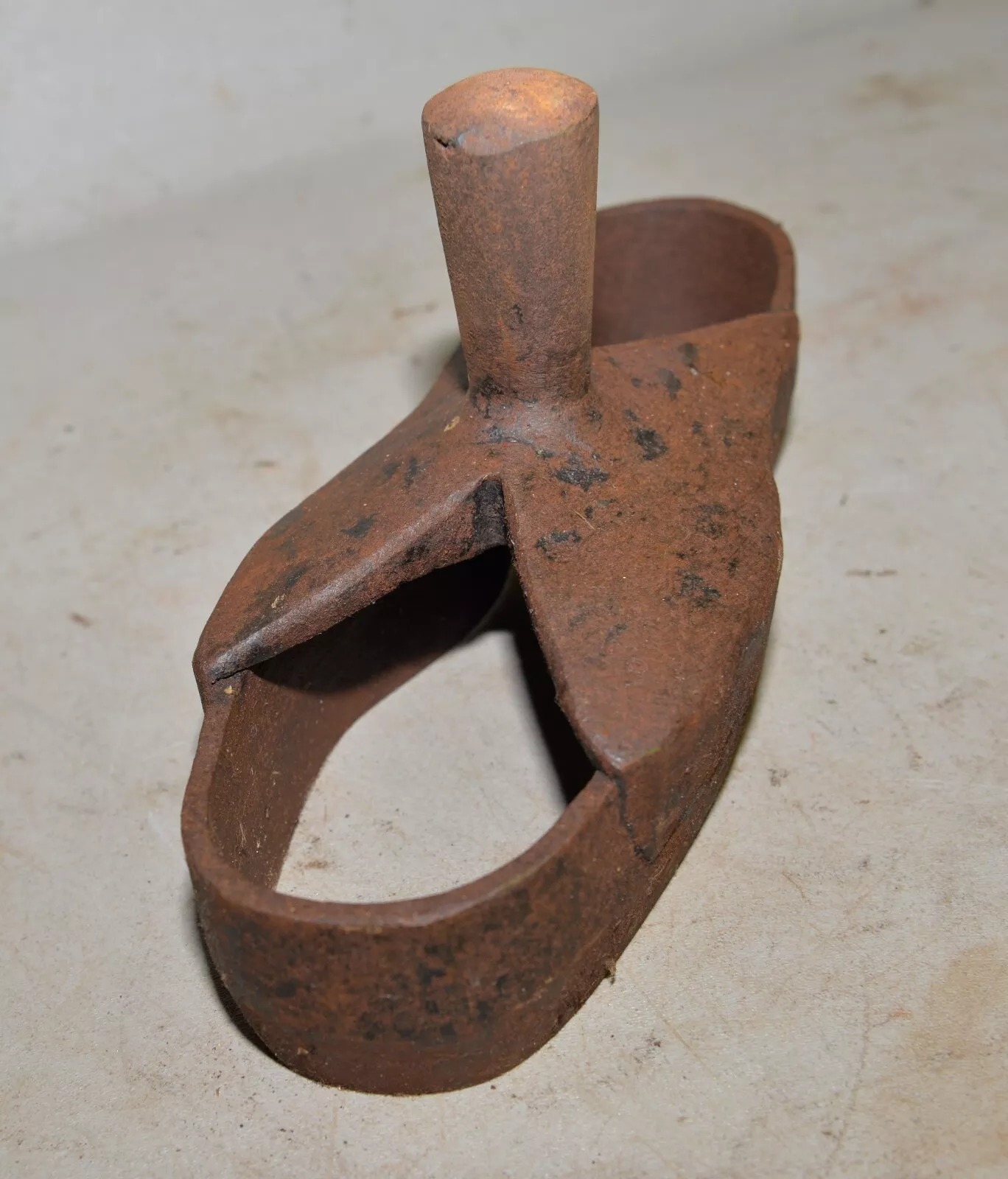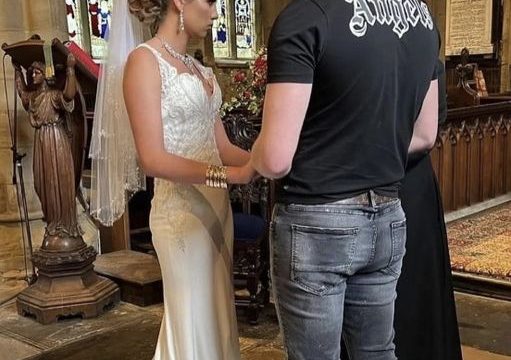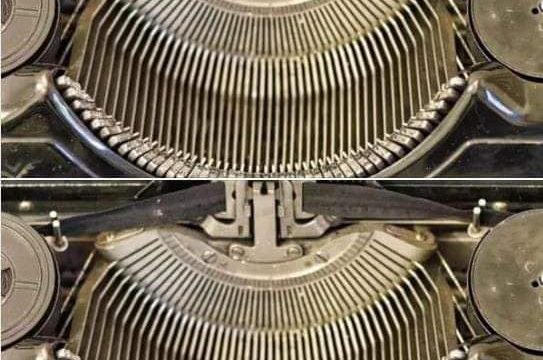
The vintage steel shoe sole die cutter was a crucial tool in the art of traditional shoemaking, dating back to the early 1800s. It played a vital role in workshops where cobblers handcrafted shoes, helping them cut leather into precise shapes for shoe soles. This innovation was key to streamlining the production process, especially during a time when most shoes were made by hand. As the Industrial Revolution brought new mass production techniques, trades like shoemaking began to adapt, but tools like the die cutter remained essential for maintaining craftsmanship.
Essential for Leatherworking
In the world of leatherworking, the steel die cutter was indispensable for creating uniform shoe soles. Cobblers would place the steel die over a sheet of leather and apply pressure—either manually or with a press—allowing them to cut out soles that were identical in shape and size. This ensured both consistency and efficiency, two important factors for cobblers who were often working to meet the growing demands of customers. By using this tool, shoemakers were able to produce shoes more quickly without sacrificing quality.
The Cutter’s Lasting Legacy
Although modern technology now handles much of the cutting in today’s large-scale shoe factories, the vintage steel shoe sole die cutter remains a symbol of traditional craftsmanship. It is still admired by collectors, hobbyists, and leatherworking enthusiasts who appreciate the precision and skill involved in shoemaking. For these individuals, the die cutter is more than just a tool—it represents a bygone era when shoemaking was a highly respected trade that required years of practice to master. This tool’s legacy lives on through its contribution to the evolution of shoemaking, preserving a link to the past while inspiring future generations of artisans.





